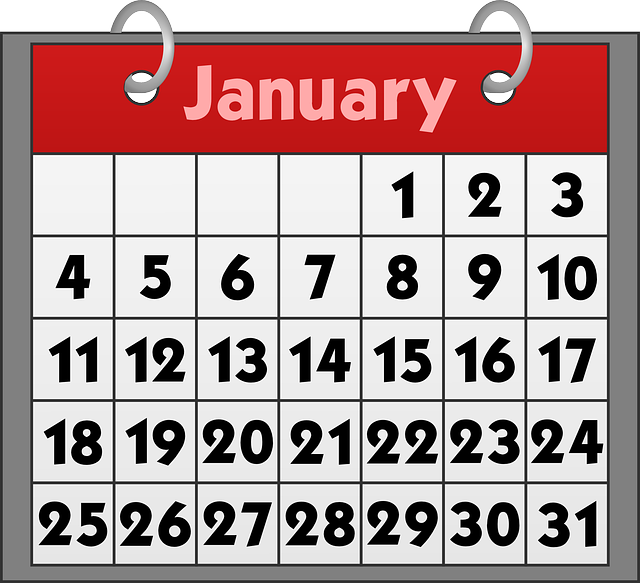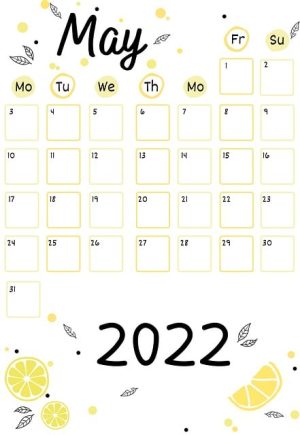In today’s fast-paced landscape, efficient time management is key for success. For Registered Training Organisations (RTOs), manual RTO scheduling can be a cumbersome and time-consuming task. Automate RTO Scheduling to Save Time explores the transformative power of automated calendar syncing in streamlining operations. We delve into the benefits, from improved planning to enhanced collaboration, and guide you through choosing the right tools and implementing efficient scheduling practices. Discover how this approach boosts efficiency and allows RTOs to focus on delivering impactful training.
- Understanding the Challenges of Manual RTO Scheduling
- The Benefits of Automated Calendar Syncing for RTOs
- Choosing the Right Tools for Efficient RTO Planning
- Implementing automated scheduling: A Step-by-Step Guide
- Measuring Success and Continuous Improvement
Understanding the Challenges of Manual RTO Scheduling

Manual RTO scheduling can be a complex and time-consuming task, often involving multiple steps and various stakeholders. Every Registered Training Organisation (RTO) has its own calendar and timetable, which need to be meticulously synced with those of partner organisations, training venues, and instructors. This process requires constant updates, careful coordination, and meticulous planning to ensure all sessions run smoothly without clashes or overlaps.
The current method can easily lead to inefficiencies, with errors in scheduling caused by human factors like miscommunication or oversight. This often results in rescheduling, delays, and frustration for all parties involved. By automating the RTO scheduling process using calendar tools designed for these organisations, such as cloud-based platforms, efficiency is significantly boosted. These automated systems streamline the entire process, from generating schedules to sending reminders, reducing manual effort and minimising potential errors.
The Benefits of Automated Calendar Syncing for RTOs

Automating calendar syncing for RTOs brings a multitude of benefits that significantly enhance operational efficiency. By integrating scheduling software with existing calendars, Registered Training Organisations (RTOs) can bid farewell to manual data entry and say hello to seamless, real-time updates. This ensures that everyone from trainers to participants has access to the most current information, erasing the risk of double-booked sessions or missed deadlines.
Moreover, automated calendar syncing streamlines the scheduling process, allowing RTOs to focus on delivering quality training. With up-to-date availability and resource allocation, administrators can efficiently manage courses, workshops, and assessments, ultimately boosting participant satisfaction and fostering a positive learning environment.
Choosing the Right Tools for Efficient RTO Planning

Selecting the appropriate tools is a pivotal step in optimising the planning process for Registered Training Organisations (RTOs). With the right software, RTOs can streamline their scheduling, ensuring a more efficient and effective approach to managing training sessions. Calendar syncing functionality is a key feature to look for—integrating with existing calendars allows for real-time updates and collaborative planning among stakeholders. This eliminates double-booking and conflicts, fostering a seamless booking experience.
Automated scheduling tools further enhance efficiency by taking the manual labour out of the equation. These systems can intelligently manage resources, consider attendee availability, and propose optimal time slots for training programmes. By employing these advanced features, RTOs can significantly reduce the time spent on administrative tasks, enabling them to focus more on delivering quality training and growing their offerings.
Implementing Automated Scheduling: A Step-by-Step Guide

Implementing automated scheduling for your Registered Training Organisation (RTO) can significantly boost efficiency and save time. Here’s a step-by-step guide to get you started:
1. Assess Your Needs: Begin by understanding your RTO’s specific requirements. Identify the number of courses, participant capacities, and scheduling complexities involved. This will help in choosing the right calendar syncing tools that align with your goals.
2. Select Suitable Tools: Explore robust calendar tools designed for RTOs, offering features like automated course scheduling, real-time updates, and seamless integration with existing systems. Ensure these tools can handle your course catalog, participant management, and any specific industry requirements.
3. Integrate with Existing Systems: Efficient automation requires syncing your RTO’s data with the chosen calendar tool. This may involve integrating it with your learning management system (LMS), database, or other relevant software to ensure accurate and up-to-date information exchange.
4. Define Scheduling Rules: Set clear rules for automated scheduling based on your needs. These could include participant capacity limits, course prerequisites, scheduling conflicts, and preferred time slots. Customizing these rules ensures that the tool generates optimal schedules that meet your RTO’s standards.
5. Test and Refine: Once implemented, thoroughly test the automated scheduling system. Simulate various scenarios to ensure accurate results. Make adjustments as needed, fine-tuning the rules and settings for maximum efficiency and participant satisfaction.
Measuring Success and Continuous Improvement

Measuring success is a critical component of any automation process, especially for registered training organisations (RTOs). By setting clear KPIs and tracking key metrics such as scheduling efficiency, resource utilisation, and learner satisfaction, RTOs can gauge the impact of automated scheduling on their operations. Tools that offer real-time analytics and insights enable continuous improvement by identifying bottlenecks, optimising timetables, and ensuring compliance with industry standards.
Continuous improvement ensures that automated scheduling remains a game-changer for RTOs over time. Adopting calendar syncing features that integrate with existing systems allows for seamless data flow, eliminating manual data entry and reducing errors. Leveraging these tools to streamline scheduling processes boosts efficiency, enhances learner experiences, and positions RTOs for sustained growth in today’s competitive landscape.
